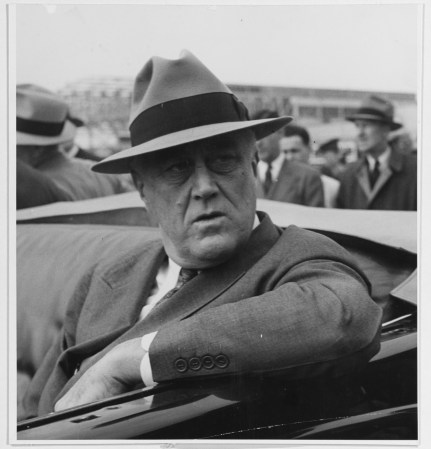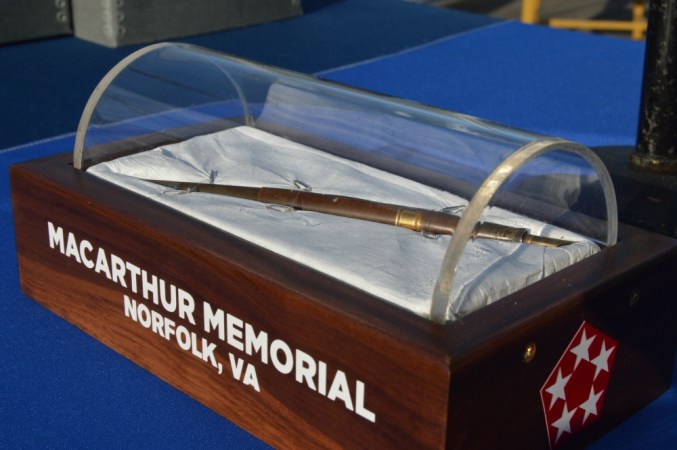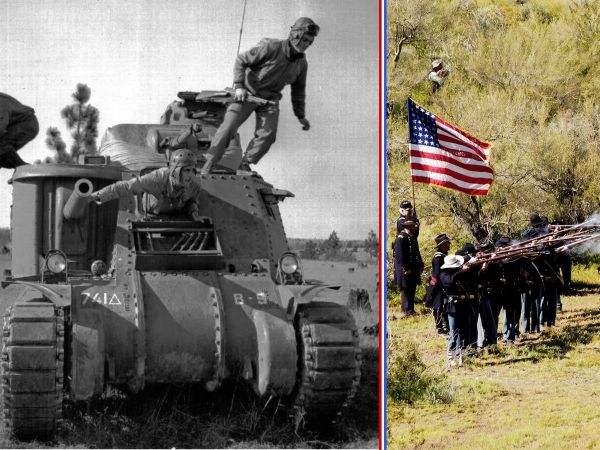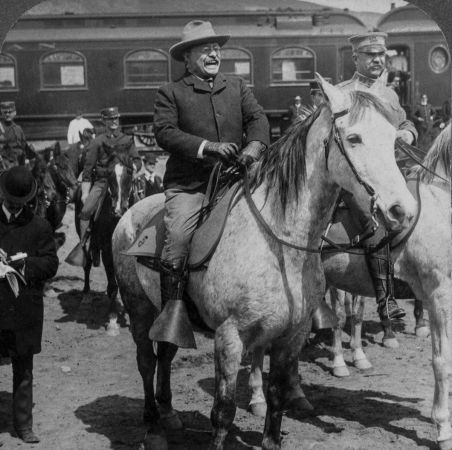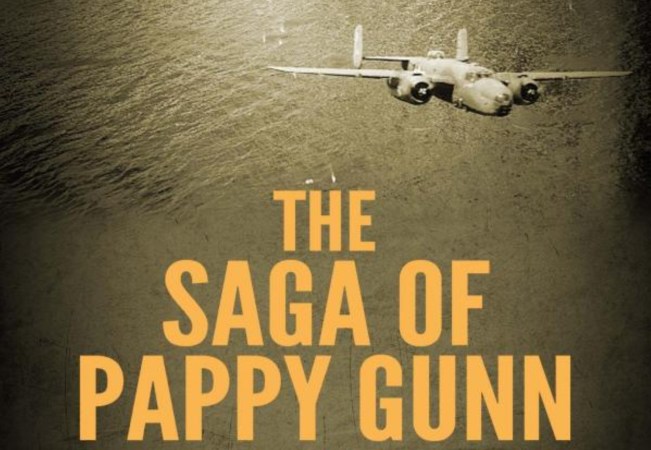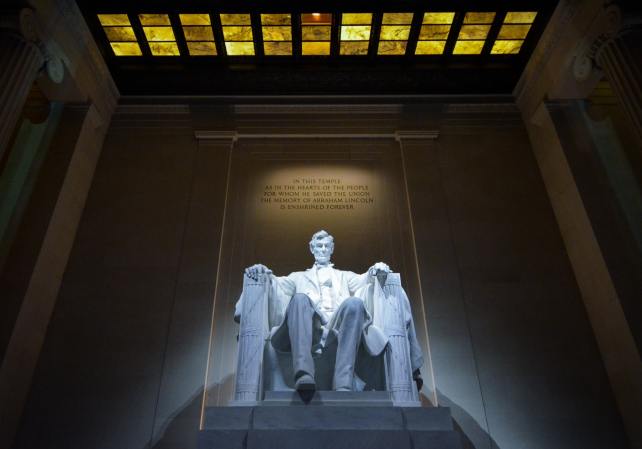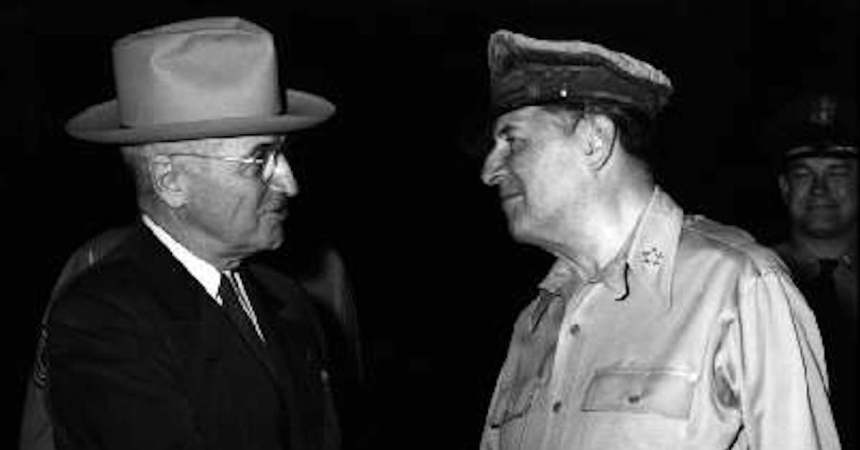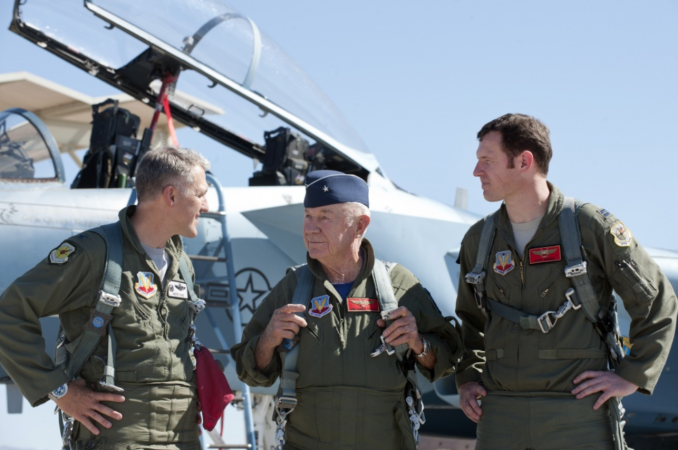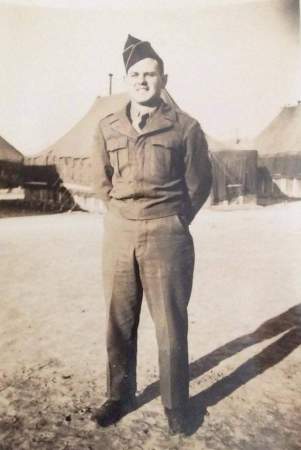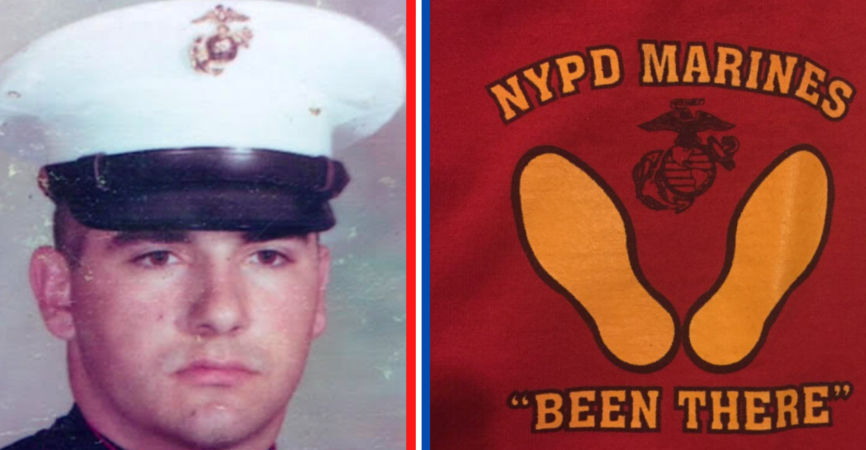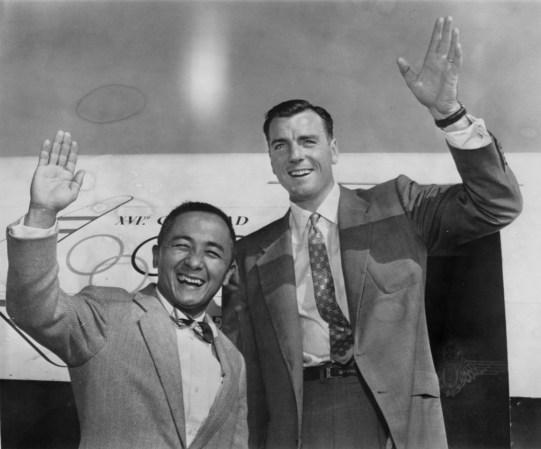The U.S. Army Reserve celebrates its 109th birthday on Apr. 23. During more than a century of service, its soldiers have defended America in combat, added to its prestige in peacetime, and — in one case — even provided a president who led America through the end of World War II and the start of the Cold War.
Here are six of the most impressive Army reservists to ever wear the uniform:
1. Charles Lindbergh

The famous pilot of the Spirit of St. Louis aircraft, Charles Lindbergh, was the first man to fly from New York to Paris non-stop. He did so in his capacity as a civilian pilot, but he was also an Army Air Service reservist. President Calvin Coolidge awarded Lindbergh the Medal of Honor.
Lindbergh later had a falling out with the Roosevelt administration over his isolationism and resigned his commission in April 1945. When America joined the war that December, Lindbergh was blocked from re-entering military service but managed to fly combat missions in the Pacific anyway.
2. Carl Eifler

Army Reserve officer Carl Eifler was selected to lead American guerrilla operations in the China-Burma-India Theater of World War II. His force, Detachment 101, recruited, trained, and led Kachin Rangers against Japanese forces in Burma, eventually killing 5,428 enemy soldiers and rescuing 574 Allied personnel — mostly downed aircrews.
Eifler had originally joined the Army when he was only 15 and was first discharged at the age of 17 when the military found out. He became a Reserve officer years later and eventually rose to the rank of colonel. For his work with Detachment 101, he was dubbed “the most dangerous colonel.”
3. Beauford T. Anderson
Staff Sgt. Beauford T. Anderson was fighting on the island of Okinawa when Japanese forces managed to flank part of the 96th Infantry Regiment (Organized Reserves) and force them back. The Americans eventually fell back into an old tomb and Anderson slowed their assault by emptying his carbine into the attackers at point blank range.
Out of ammo, Anderson grabbed a Japanese mortar round that hadn’t exploded and threw it into the oncoming attackers. It detonated and blew a hole in the lines, so Anderson grabbed a box of U.S. mortar rounds and started throwing those. The explosions saved the unit and led to Anderson’s Medal of Honor.
He had already received the Bronze Star with Valor for rescuing wounded soldiers under fire on Leyte.
4. Harry S. Truman

Yes, that Harry S. Truman, the one who ordered two nuclear bombs to be dropped on Japan. He was an Army Reserve colonel when America entered World War II and was excused from drilling for obvious reasons. He served in the Senate for most of the war before being selected as President Franklin Roosevelt’s running mate in the 1944 elections.
Truman entered office as the vice president in January 1945 and rose to the presidency just a few months later upon the death of Roosevelt. Truman ordered America’s two nuclear bombs dropped on Japan and helped oversee the creation of the United Nations and NATO.
5. Earl Rudder

Army Gen. Omar Bradley had a tall order on D-Day. Someone had to climb 100-foot cliffs on Pointe du Hoc and blow up the massive German guns on it. He selected Army Reserve Lt. Col. Earl Rudder and his 2nd Ranger Battalion.
The guns had a long range and threatened the invasions at Omaha and Utah Beach, but Rudder and the 2nd Rangers succeeded. Rudder later led an infantry regiment in the Battle of the Bulge. He then held off the German attackers despite being outnumbered 10 to 1.
6. Theodore Roosevelt, Jr.

The son of the popular president, Brig. Gen. Theodore Roosevelt, Jr. was a hero of two world wars and twice invaded foreign countries with his own son. He earned a Distinguished Service Cross, two Silver Stars, and a Distinguished Service Medal for actions in World War I, and a Medal of Honor and two Silver Stars for his fighting in World War II.
His World War II awards stemmed from actions at Normandy and in North Africa, both campaigns which his son Capt. Quentin Roosevelt II took part in. The younger Roosevelt received one Silver Star in the war for calling in artillery strikes while under air attack in North Africa.




